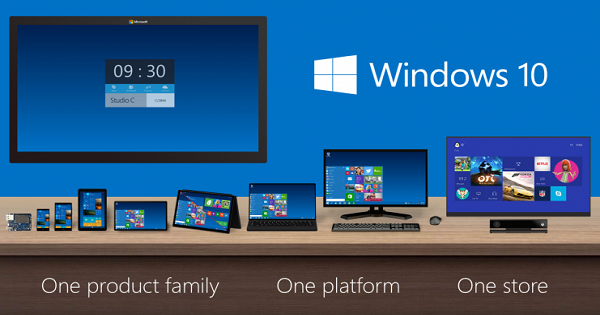Posted by : Unknown
Monday, 1 September 2014

According to the BBC and The Atlantic, Google has been secretively working on creating delivery drones called “Project Wing.” The project is a part of the Google X labs whom have also conjured up Project Loon, Glass, driverless cars and much more. Now Google has officially given us a look at what they’ve been working on.
Project Wing is a tail sitter unmanned aircraft — a hybrid between a plane and a helicopter that can take off without using a runway and lands vertically. The drone flies like a plane, but more importantly, it can hover and lower a package to the ground by wire before releasing it. The vehicle has a five-foot wingspan with four electrically-driven propellers and weighs just under 19 pounds — the total weight of the craft and the item it will delivering can only be 22 pounds — sad to say, but you can’t order your 30 pound iMac with a Project Wing drone.
Google says these vehicles can be used for delivering goods, but the project’s primary focus is to use these drones in the event of disaster relief scenarios — delivering supplies to those who urgently need them. “Even just a few of these, being able to shuttle nearly continuously could service a very large number of people in an emergency situation,” Google X’s Astro Teller told the BBC. However, if you can’t wait for them to come out and are an interested partner, Google has a sign-up sheet available.
The test flight took place in Australia, and there’s way more testing and regulatory obstacles to overcome before anyone can receive packages in this method. It’s not the first time a drone-based delivery system has been introduced, last year a company called SF Express in China were testing drones for transporting packages.
While developing the project,
Google found that people wanted to grab the packages from the drone,
which could have injured them because of the tiny propellers. That's
where the design for the package delivery by string came from, which was
designed by a one of Google's mechanical engineers. The string is
actually fishing line, while the small grip is called the "egg."
Google envisions a system that
is controlled in part by computers as well as people. Controllers will
be able to oversee what the drones are doing and take control. That
could be useful in cases where packages could get stuck. And Google says
it plans to use some of those human interactions to help improve the
automated software, like it's done with its self-driving car program.













